WHAT YOU NEED TO KNOW: The new Callaway Paradym driver family (the high-forgiveness, adjustable weight Paradym; the high-launching, anti-slice Paradym X, and the tour-inspired, low-spin Paradym ⬥⬥⬥) uses a fully carbon composite midsection that comprises much of the entire body of the clubhead and is 44 percent lighter than if it were made of titanium. That weight savings combined with three distinct face designs means a more efficient system for transferring energy to the ball to produce the specific levels of forgiveness and ball speed that different types of players need.
RELATED: All you need to know about Callaway’s Paradym fairway woods and hybrids
PRICE: $1,069.99. Paradym, Paradym X (9, 10.5, 12 degrees); Paradym⬥⬥⬥ (8, 9, 10.5 degrees). Available at retailers across Australia from February 24.
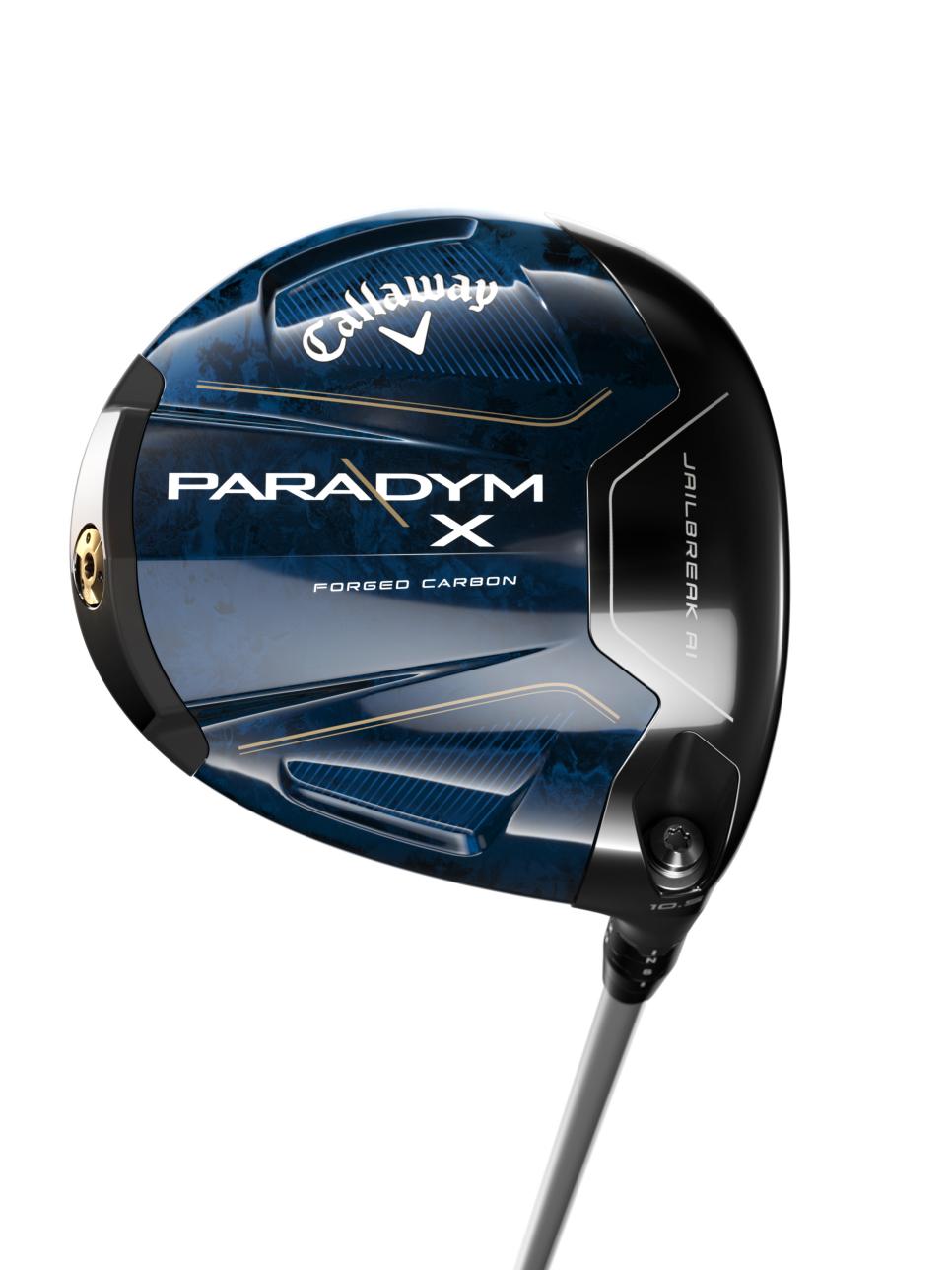 3 COOL THINGS
3 COOL THINGS
1. The less the body weighs, the better it is. The benefits of carbon composite in drivers aren’t complicated. It’s lighter than titanium so the saved weight can be tailored to provide more forgiveness on mis-hits and more energy on solid hits. In most cases these are pieces of carbon composite that make up sections of the crown or sole or supported by a titanium shell. In Callaway’s new Paradym drivers, though, the entire body is made of carbon composite. Two sections, one that makes up the crown and one that makes up the sole, are bonded together, saving about 20 grams compared to the titanium it replaces. In simplest terms, that also allows the same size driver to have a higher moment of inertia (stability on off-centre hits) than one made of all-titanium. As well, it doesn’t require stretching the size front to back to increase forgiveness, which also might make the head less efficient in terms of spin and ease of squaring the face.
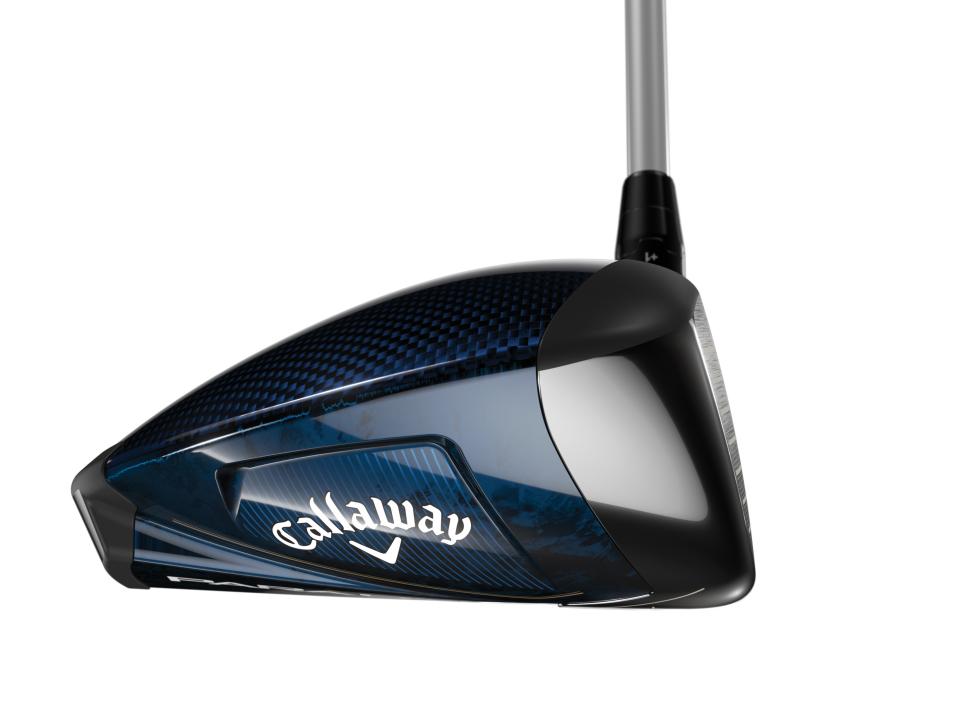
More than the simple maths of relocating so many grams within the head, though, Callaway’s team also used the saved weight from the carbon composite body to help it create three different kinds of driver performance: one all-purpose design with adjustability to handle the needs of most average players (Paradym); one higher-launching, slice-fighting model (Paradym X); and one model that can optimise spin performance for faster swinging better players (Paradym⬥⬥⬥).
The Jailbreak structure works with new multiple-thickness face designs, both of which were the result of extensive computational analysis and artificial intelligence. Those calculations were fuelled by thousands of simulations based on the impact patterns of the typical players targeted by the three different models. For instance, a better player might rarely make contact in the heel or never want the ball to go left so the face and head designs for Paradym⬥⬥⬥ focus more on enhancing the mis-hits towards the toe and softening any potential draw bias. For a less skilled player, the design on Paradym X might have to find ways to extend forgiveness across a much broader area of the face while avoiding a slice miss at all costs.
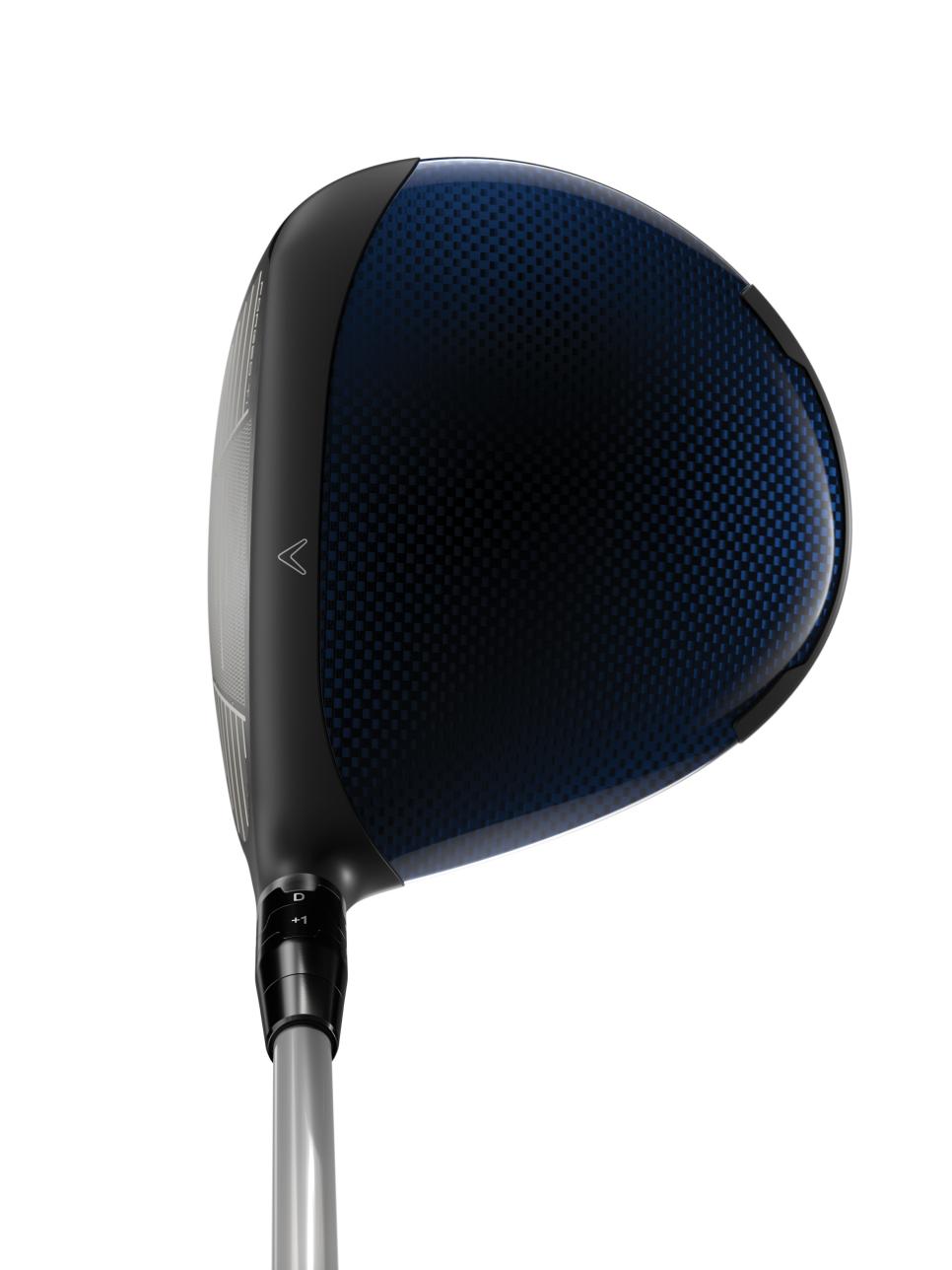
2. How the new Jailbreak and new face designs make it easier to find your tee shots. When Callaway first introduced its Jailbreak structure in 2017, the internal bars behind the face that join the crown and sole changed the way the body of the club could bring more energy to the face. This year’s version continues that same theme with a wishbone-like structure that is now 33 percent lighter but still stiffens the crown and sole so that there’s more flexing concentrated in the face. Callaway explains the interior structure of its carbon composite body and new Jailbreak system with this image:
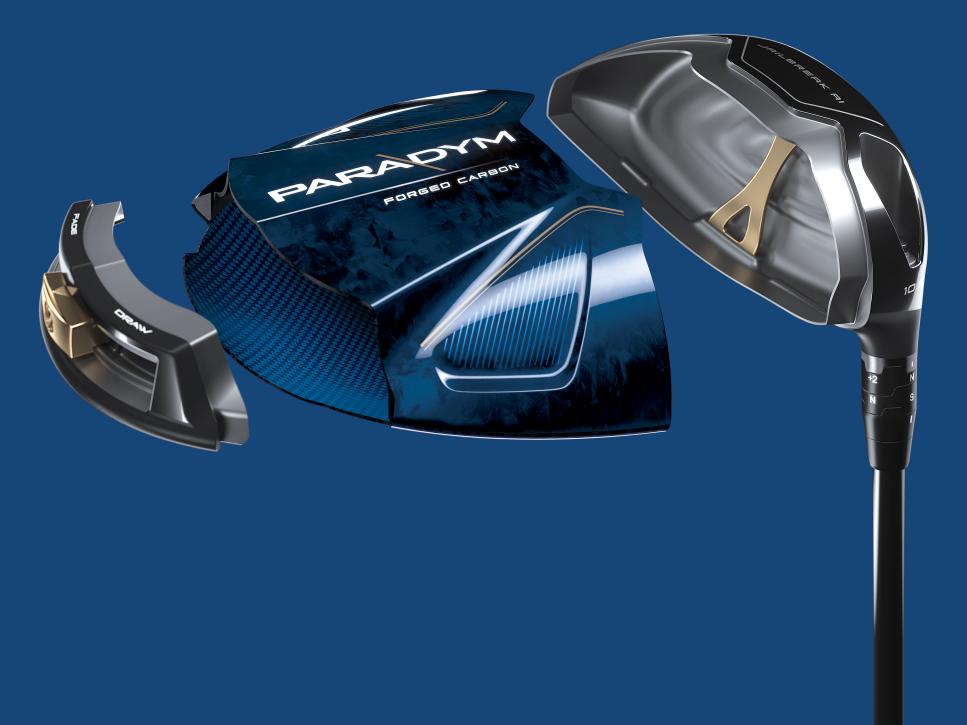
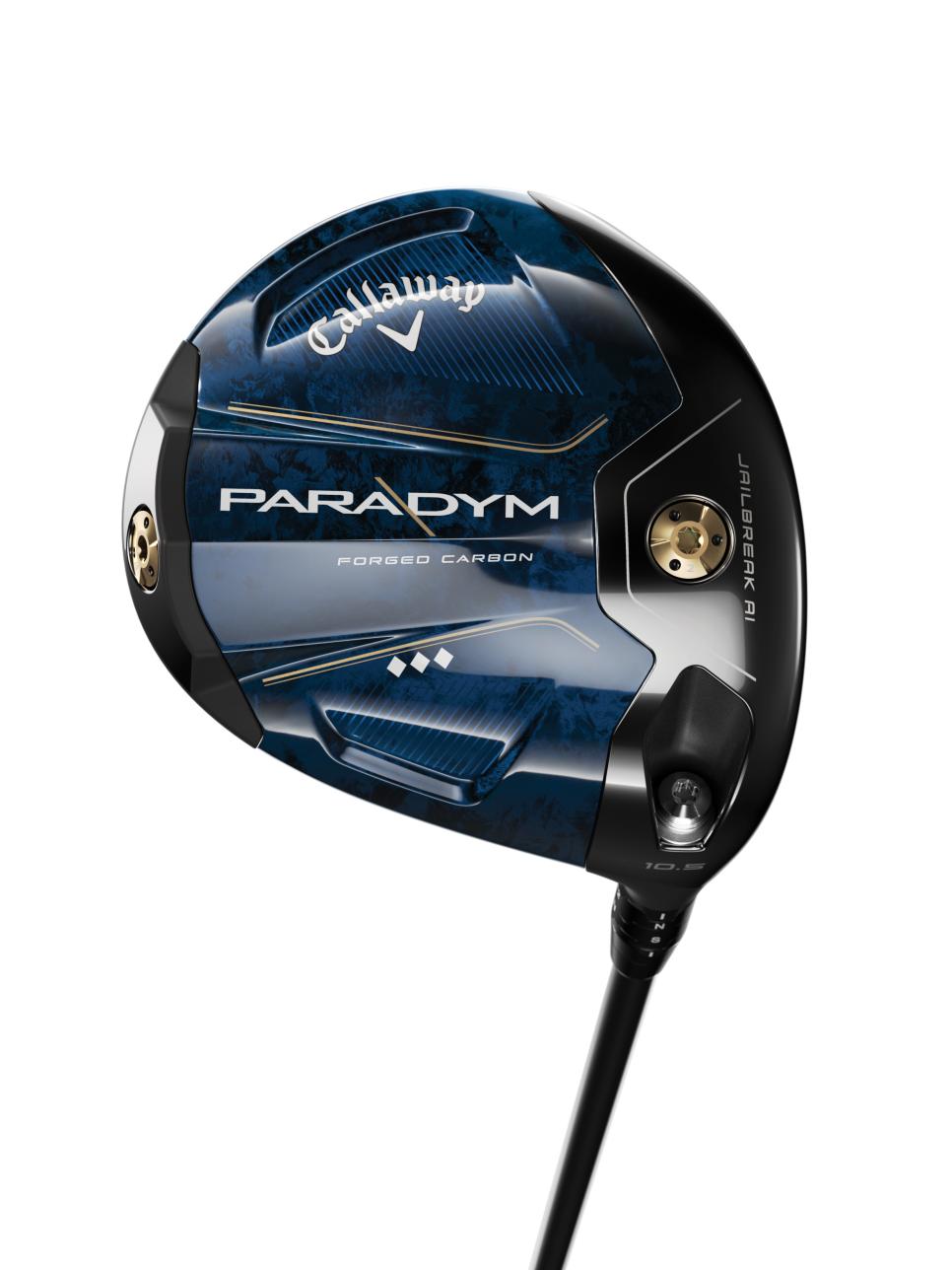
“It’s a very different focus than before,” said Evan Gibbs, Callaway’s director of research and development for woods. “In the past, we might have just been looking at launch conditions, but now we’re looking at where is the ball going and how can we manipulate the flexure of the face to influence what’s happening down-range.”
RELATED: All you need to know about Callaway’s Paradym irons
3. Which one’s for me? The main Paradym is built with higher off-centre hit stability than recent past models, but adds a sliding weight in the rear to tweak draws and fades. The Paradym X is a draw-enhancing model with a larger profile to encourage a feeling of forgiveness; and the Paradym⬥⬥⬥ is geared to optimise performance for faster swinging, highly-skilled players. The Paradym mixes its discretionary weight between a slightly forward external tungsten cartridge to increase ball speed and then rearward with the sliding weight structure and the 15-gram weight itself in the back perimeter. The rear weight bolsters stability on off-centre hits for better ball speed on mis-hits. Meanwhile, the Paradym X, which stretches longer front to back than the other models, adds five extra grams to the rear for a deeper centre of gravity that helps the club naturally launch shots higher and more left. Finally, because fast swingers can best optimise distance and dispersion by controlling spin, the Paradym⬥⬥⬥ is aimed at elite players with its compact shape, neutral ball flight and front and rear sole weights. The heavy weight is 14 grams and the light weight is two, and according to the company, placing the heavy weight in the front reduces spin by 300rpm.
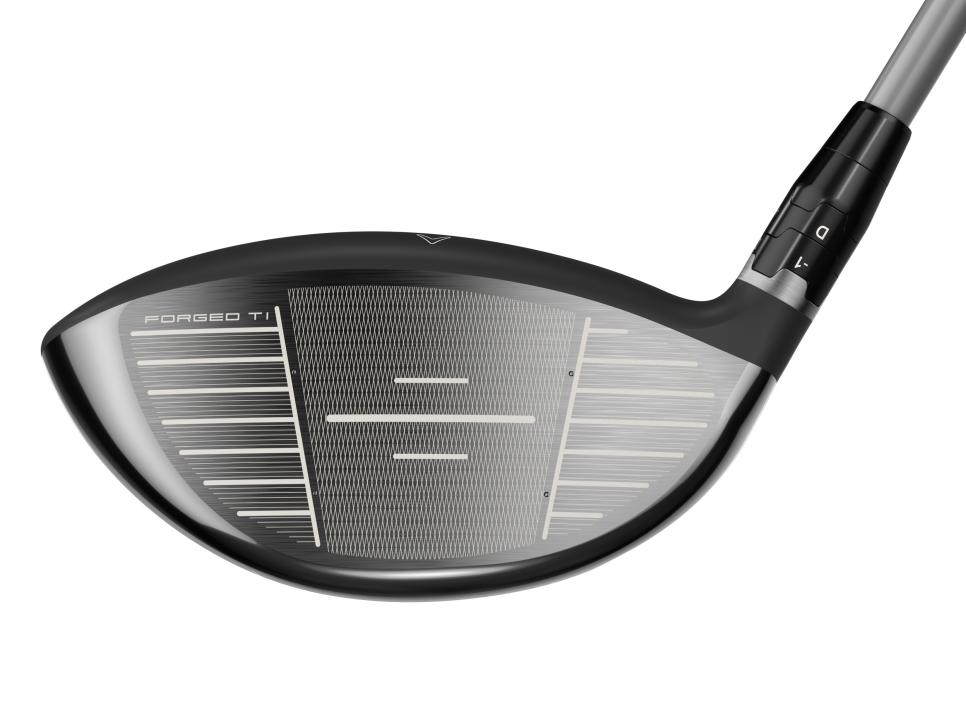
All three models feature Callaway’s adjustable hosel system, which offers a range of plus-two degrees of loft to minus-one degree of loft, as well as neutral or draw settings independent of those loft changes.



